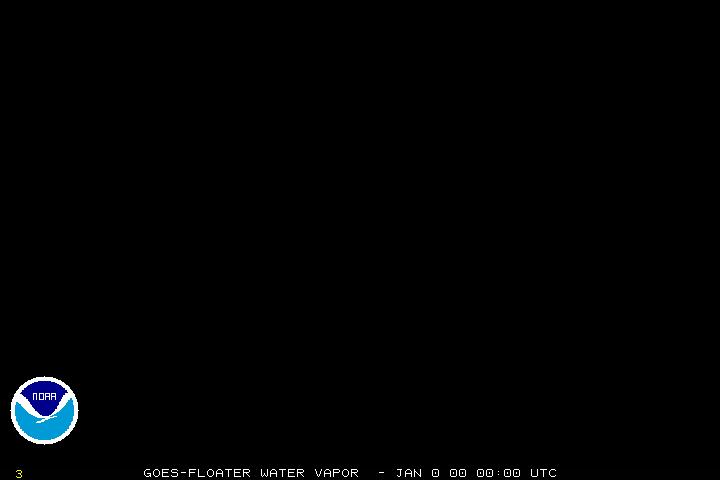Jim Leonard
NHC has just posted hurricane warnings for portion of the upper west coast of Florida as Alberto has increased to 70mph and a pressure of 997mb.
74 knots at about 3000 feet.
looking rather more healthy that I expected...note how it appears the center may be reforming closer to the convection and stronger winds to the east.
that supports a 55-60 knot tropical storm.
[/b]
The storm has moved on a more NE course so that has negated some of the shear and as let the convection develop closer to the center.


